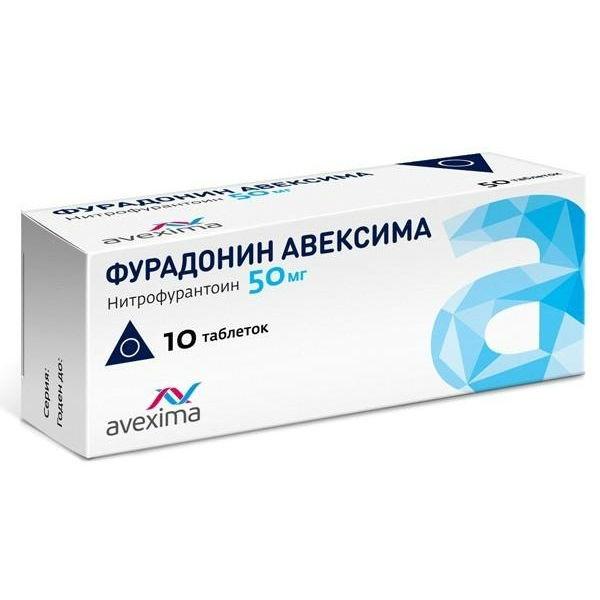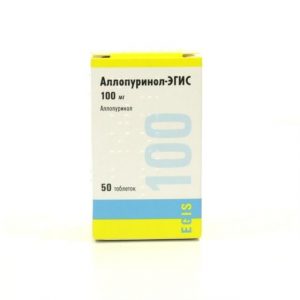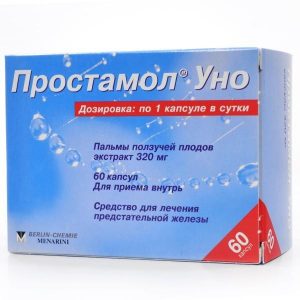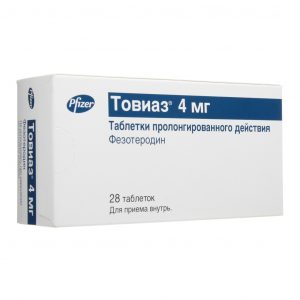Description
tablet release form.
packaging 10 pcs
Pharmacological action
Pharmacodynamics
Antimicrobial agent, derivative from the group of nitrofurans, primarily for the treatment of urinary tract infections. It disrupts the synthesis of proteins in bacteria and the permeability of the cell membrane. It is active against gram-positive and gram-negative bacteria (Staphylococcus spp., Streptococcus spp., Shigella dysenteria spp., Shigella flexneri spp., Shigella boydii spp., Shigella sonnei spp., Escherichia coli., Proteus spp.).
Pharmacokinetics
Absorption from the gastrointestinal tract is good. Bioavailability – 50% (food increases bioavailability). The absorption rate depends on the size of the crystals (microcrystalline form is characterized by rapid solubility and absorption rate, short time to reach maximum concentration in the urine). Communication with plasma proteins – 60%. Metabolized in the liver and muscle tissue. The elimination half-life is 20-25 minutes. Penetrates the placenta blood-brain barrier, excreted in breast milk. It is excreted completely by the kidneys (30-50% – unchanged).
Indications
Bacterial infections of the urinary tract (pyelitis, pyelonephritis, urethritis, cystitis), prevention of infections during urological operations or examination (cystoscopy, catheterization, etc.).
Contraindications
Hypersensitivity, chronic renal failure
heart failure II III tbsp.
liver cirrhosis
chronic hepatitis
glucose-6-phosphate dehydrogenase deficiency
acute porphyria
pregnancy and lactation
children under 3 years of age.
Use during pregnancy and lactation
Use of the drug during pregnancy and during breastfeeding is contraindicated.
Composition
1 tablet contains:
Active ingredient: nitrofurantoin (furadonin) – 50 mg.
Excipients: potato starch – 46.15 mg, colloidal silicon dioxide (aerosil) – 2 mg, stearic acid – 1 mg, polysorbate-80 (tween-80) – 0.85 mg.
Dosage and administration
Inside, with plenty of water, for adults – 0.1-0.15 g, 3-4 times a day for children – at a rate of 5-8 mg / kg / day, the daily dose is divided into 4 doses . Highest doses for adults: single – 0.3 g, daily – 0.6 g.
In acute urinary tract infections, the duration of treatment is 7-10 days.
Prophylactic, anti-relapse treatment continues, depending on the nature of the disease, from 3 to 12 months. The daily dose in this case is 1-2 mg / kg.
Side effects
Nausea, vomiting, allergic reactions (lupus-like syndrome, arthralgia, myalgia, anaphylaxis, chills, eosinophilia, rash), dizziness, headache, asthenia, nystagmus, drowsiness, bronchial obstructive syndrome , chest pain, hepatitis, cholestatic syndrome, peripheral neuropathy, pancreatitis, pseudomembranous enterocolitis, rarely – abdominal pain, diarrhea.
Drug Interaction
Concomitant administration of nalidixic acid and magnesium trisilicate-containing antacids reduces the antibacterial effect.
Incompatible with fluoroquinolones.
Drugs blocking tubular secretion reduce the antibacterial effect (by reducing the concentration of nitrofurantoin in the urine) and increasing the toxicity (increasing the concentration in the blood) of the drug.
Overdose
Symptoms: vomiting.
Treatment: Ingestion of a large amount of fluid leads to increased excretion of the drug in the urine. Effective dialysis.
Storage conditions
Store in a dry, dark place at a temperature not exceeding 25 ° C.
Keep out of the reach of children.
Expiration
4 years.
Deystvuyuschee substances
nitrofurantoin
Conditions of supply of pharmacies
Prescription
dosage form
dosage form
tablets
Irbitskij HFZ, Russia




